Copyright 2020 - 2021 irantour.tours all right reserved
Designed by Behsazanhost
Kashan during different periods
Kashan during different periods
Kashan is one of the few cities in Iran that is a sign of Iranian national and civic pride. This city includes a collection of the best Iranian architectural elements such as mosques, caravanserais, and majestic gardens to its delicate carpets, ceramics, and textiles. Although, Kashan has never been the capital, at no time has it lacked anything compared to the major cities of the country. This city has had different names during its history.
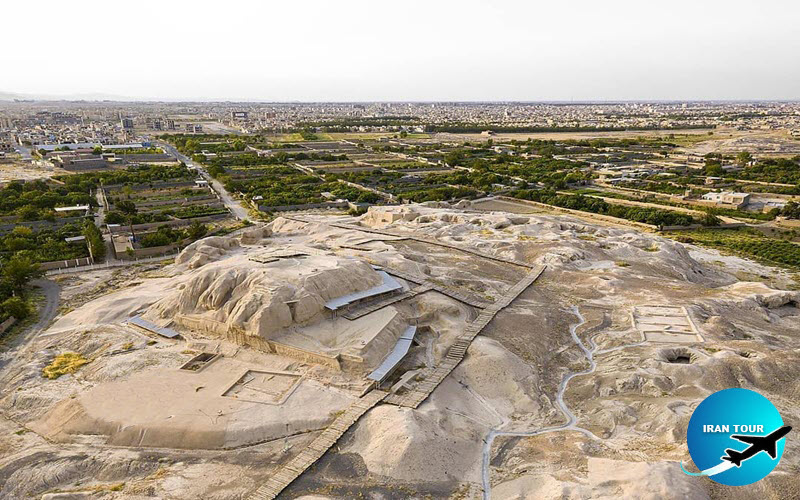 |
| Sialk Hills - More than 7000 years old |
One of them, perhaps the most authentic, claims that the city was called Kashan after Kasi, or their plural Kasian - an ancient tribe that inhabited this territory in the second half of the 2nd millennium BC. Another explains the origin of the name as a derivative of kaseh ("a bowl"), arguing that Kashan looks like a bowl between the mountains and the desert. Still, others claim that the name derives from kashaneh ("a house"). Another popular explanation is that this name comes from Key Ashian ("the place of kings"). While many arguments have been made on behalf of each of these derivations, none can be considered convincing.
 |
| Jalali castle- 1000 years old |
Pre-Islamic History
Kashan has a remarkable and deep history, and there are many fascinating legends linked to its founding and development. One of them calls Kashan a place from which the three wise men went to Bethlehem to welcome the newborn Christ. Although there is no written evidence of Kashan before the Seljuk period, it is known that there were settlements on its site as early as the 5th millennium BC. The Achaemenid and Seleucid coins, excavated at Naraq, underline the importance of the region during these periods. Likewise, the Sassanid fire temples, the remains of which are in Niasar, Abianeh, and Khorram-Dasht, underline the importance of this area during the Sassanid rule.
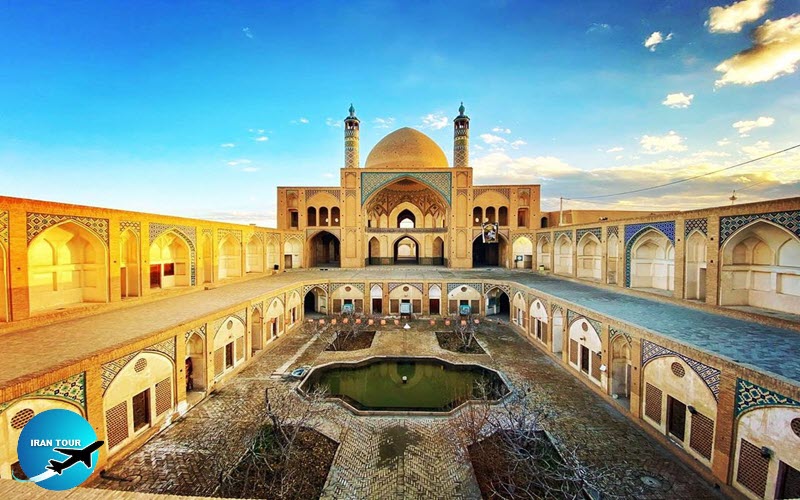 |
Early in the Islamic period
An interesting story is linked to the Arab conquest of Kashan in the 7th century. The Arabs led by Abu Musa al-Ashari found the city's fortifications too strong to be overcome by conventional means. So Abu Moussa ordered the scorpions to be brought into terracotta containers and thrown over the walls one after another, causing a quick surrender. This story is the origin of the popular saying in Iran: "Let a Kashan scorpion sting you". As apocryphal as it may be, since then all writers have spoken of the virulence and abundance of the scorpions found in Kashan.
After the Islamic conquest, Kashan came under the rule of the governor of Isfahan. During this time, the city was frequently sacked by tribal chiefs until the fortifications were laid by the order of Zobeida, the favorite wife of the famous Caliph Harun al-Rashid. The terrible earthquakes of 854 and 857, however, demolished the structures. The earthquake of 957 and an epidemic the following year virtually wiped out the city. Nevertheless, it was quickly rebuilt by a Buyid ruler. From the Buyid period date the original structures of the mosque of the congregation and the mausoleum of Qazi Asadollah.
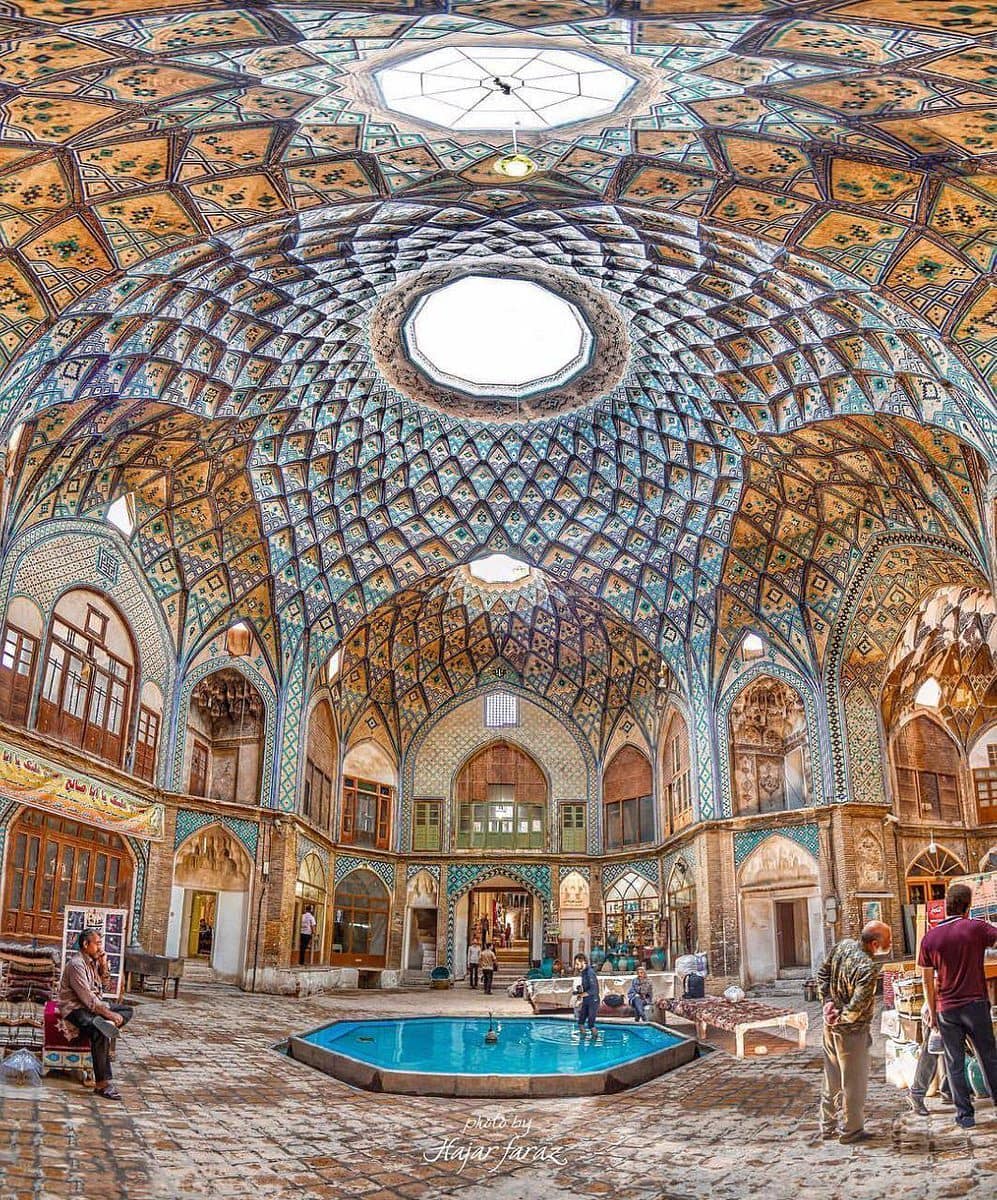 |
Kashan during the Seljuk period
Kashan enjoyed great development during the Seljuk period, especially during the reign of Malek Shah. The city was at the height of its handicraft, development of arts and crafts, especially tile making, which since then has made Kashan famous worldwide and even explained his Persian name - kashi. The most important handicrafts of this period are carpet weaving and velvet weaving and the manufacture of glazed pottery. It was also a time of great architectural achievements like Jalali Fortress, which included fortification walls, towers, and many ancillary structures, a dam near Qohrud, which has survived until modern times, the congregation mosque, and the original building of the mausoleum of Sultan Ali ibn Mohammad in Mashhad-e Ardehal.
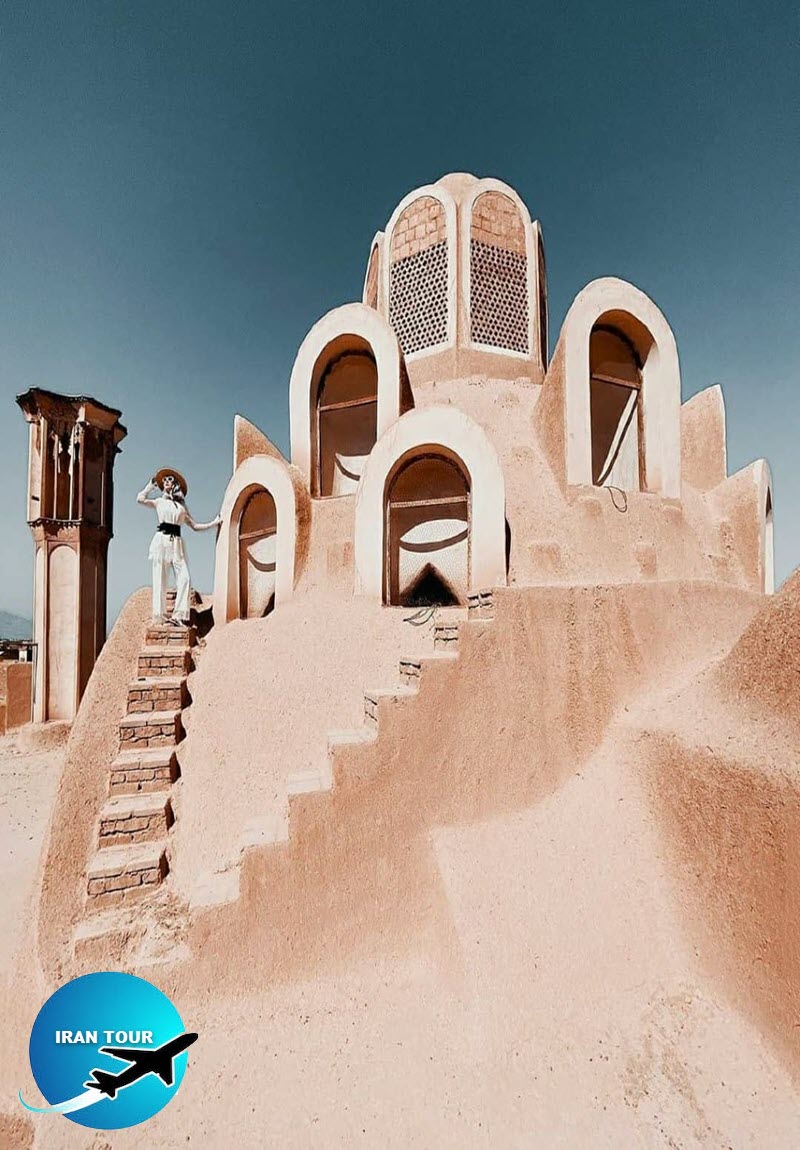 |
Mongol invasions and the Ilkhanid period
Kashan and surrounding areas were severely destroyed by Mongol troops. Their attacks were further reduced when Shams al-Din Joveini was appointed local governor in 1252. During the second Mongol invasion, when Hulagu Khan's troops entered Iran, they were convinced not to destroy Kashan by the scientist eminent, Nasir al-Din. Tusi, who wielded great authority among the Mongols. Nasir al-Din Tusi the hometown of Baba Afzal Kashani, a renowned Sufi of Kashan origin, whom he respected very much. The relatively kind treatment of Kashan by the invaders was mainly due to the city's luxury industries, which were profitable for the chessboard. During the Il-Khanid period, Kashan was one of the liveliest and most prosperous cities in Iran. Ghazan Khan even made Kashan one of the royal residences and built a superb complex of structures, which, unfortunately, has not survived to modern times. From the second half of the 14th century, the city was often attacked by the Mozaffarid rulers, who finally took full control of it in 1356. Mozaf far al-Din Shah and, after him, Shah Shoja ruled Kashan until 1367.
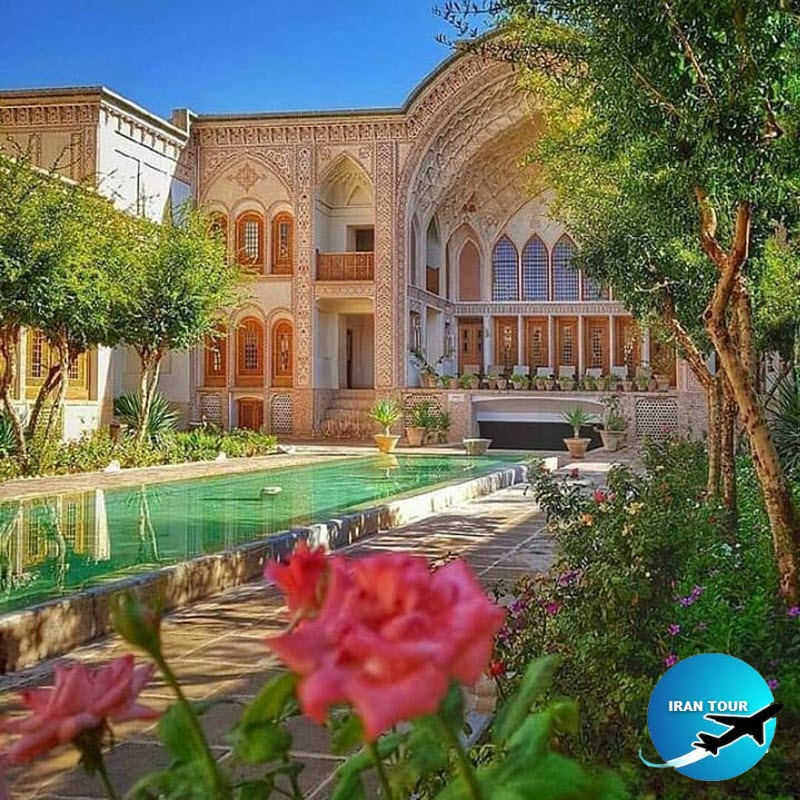 |
Timurid and Turkmen leaders in Kashan
The prominent economy and different industries of this city caused to save it from destruction also during the Tamerlane invasion. When Timurid's rule was established in Iran, Tamerlane's grandson, Rostam Bahador, was appointed to rule Kashan. Subsequently, the city was occupied by the Turkmen Qara-Quyunlu tribes. Jahanshah's wife became interested in this city and greatly contributed to its prosperity of the city. With its financial help, the structures of the historic stone square were built.
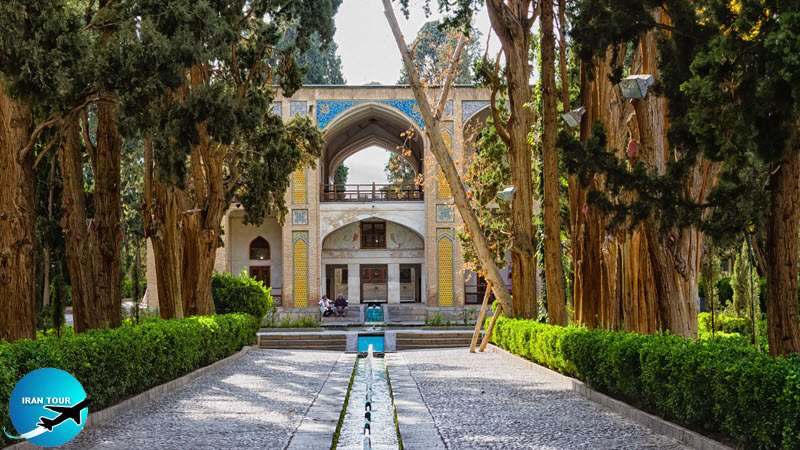 |
Kashan during the Safavid period
At the beginning of the 16th century, the inhabitants of Kashan drove the last Turkmen ruler, Sultan Murad, from the city and gave Shah Ismail an enthusiastic welcome. The coronation of the first Safavid king in the ّFeen Garden established a special attitude that all Safavid rulers would have towards Kashan. Under Shah Tahmasb I, the city continued to develop. By his order, various buildings were built in the city and were ornamented with the best decorations. He also invited Islamic scholars here, give new credit to this city, and gave it its nickname Dar al-Moemenin ("The City of the Faithful").
The end of Shah Tahmasb's reign coincided with the destructive earthquake of 1574. Mohammad Khodabandeh's unhappy reign was marked by general unrest. The local leader Mohammad Khan Turkman rebelled against the Safavid regime. His supporters chose the central castle of the city (Jalaly Castle- 1000 years old)strengthened it and selected it as a gathering place and protest.
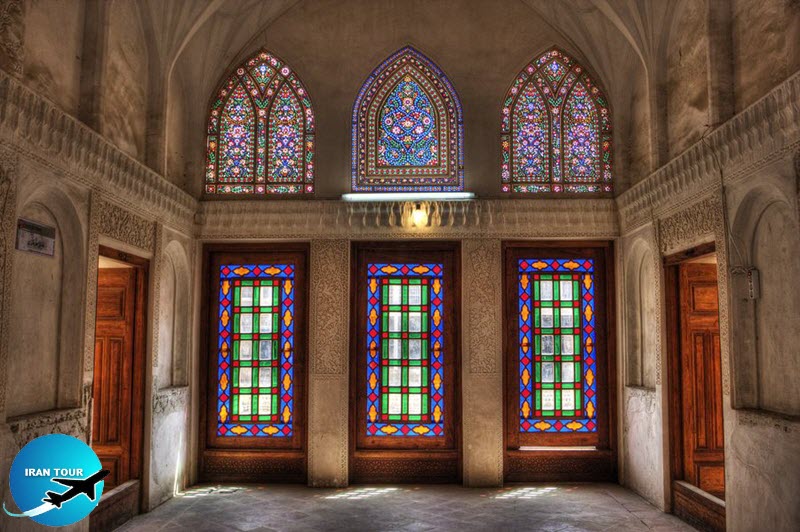 |
Shah Abbas had special feelings for Kashan. He appointed Aqa Khezr Nehavandi as governor, and under this righteous ruler, a vast construction was started. An avenue of Chahar Bagh, inspired by its namesake of Isfahan, has been developed. Four sectors and a caravanserai were annexed to the grand bazaar, and many buildings were renovated. The city's carpet factories and workshops, where silk and other fabrics were woven, reached their peak of prosperity during this period. Shah Abbas spent all the income he got from Kashan on charitable purposes. He also made great donations for the promotion of the city's traditional industries. The production of rugs, velvet, glazed pottery, and tiles was strongly encouraged, and whenever the best was needed, the order was sent to the workshops in Kashan. The famous woven carpet for the Safavid ancestor's mausoleum at Ardabil, now in the Victoria and Albert Museum in London, was made in Kashan by Maqsud Kashani, and this is just one example, travelers from the city at that time reported that Kashan was one of the most beautiful and prosperous cities in the country, just behind the capital. When Shah Abbas died in Mazanderan, according to his will, he was brought to Kashan and buried in the mausoleum of Habib ibn Musa.
Shah Safi also loved Kashan. During his reign, a number of buildings around Qohrud and in a district named Safi Abad in his honor were constructed. Shah Safi spent most of his spare time in Kashan and died there. His successor, Shah Abbas II, was crowned in the Kashan municipal building. Under him and his successors, the city prospered further.
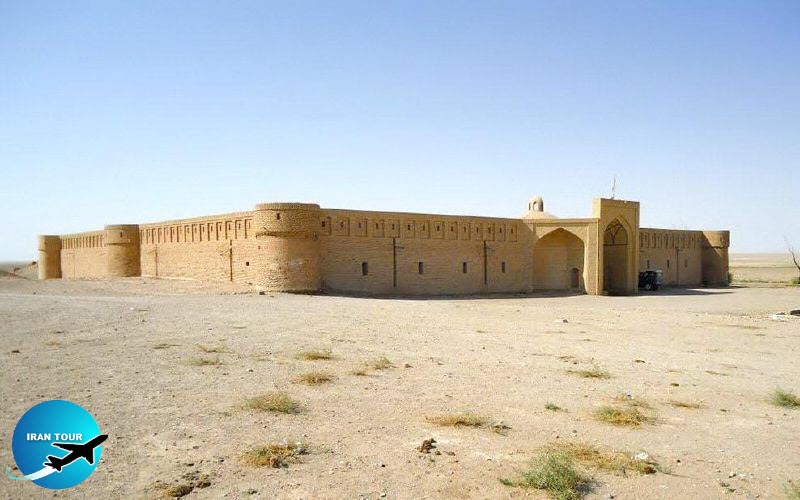 |
Post-Safavid period
The post-Safavid era was generally a dark period in Kashan. The Afghan invaders are casting their anger on the places most favored by the Safavid kings, and Kashan, spared even by the Mongol and Timurid hordes, is seriously threatened. To prevent the Afghan raids, the shrewd Kashan people sent an envoy to Mahmud Afghan and promised to pay all the expenses of the Afghans during their siege of Isfahan. They correctly assumed that if the Afghans took Isfahan, their next destination would be Kashan. Otherwise, if they failed to capture the capital, they would get angry with Kashan. However, despite this far-sighted measure, the city was badly ruined.
 |
In 1730, when the Afghan troops were defeated by Nader Afshar, Kashan welcomed a new ruler as their savior. Residents of Kashan delegated five representatives to Nader's coronation ceremony, including Mirza Abulqasem Sheikh al-Islam Kashani, who became one of the brains of Nader's administration. Under that person's careful guidance, Nader ordered excessive construction work in Kashan to make up for the devastation of the city during the Afghan invasion. However, when Nader was killed, the Afghans and Uzbeks again attacked and looted Kashan.
During the reign of Karim Khan Zand, Kashan was ruled by Muez al-Din Mohammad Ghaffari, then by his son-in-law, Abdolrezaq Khan Kashi. The latter diligently enlarged the city and left good memories of him in Kashan's story. The construction of the Khan complex is attributed to Abdolrezaq Khan; this complex consisted of a public bath (still in operation), a mosque, a water tower, and a qanat. The period of Abdolrezaq's rule was saddened by the earthquake of 1778 which struck the last year of Karim Khan's reign. Most of Kashan's buildings were destroyed and over 8,000 of its residents were killed. Karim Khan sent the best masters from other regions to restore the most important structures in Kashan.
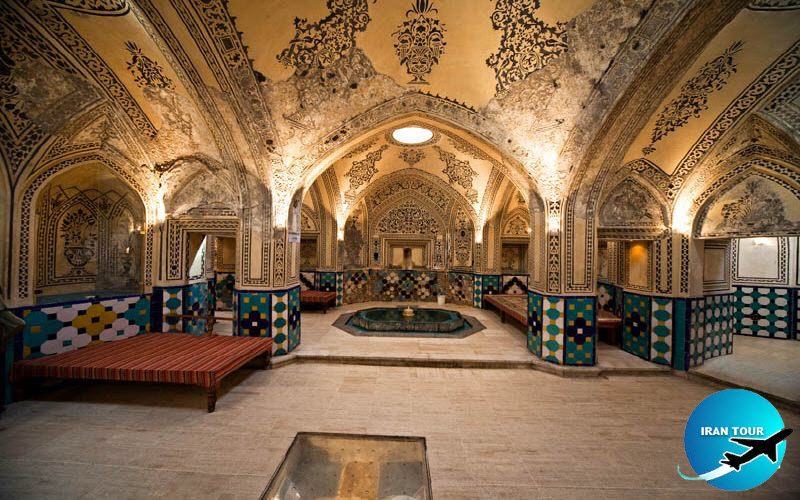 |
Qajar rule
Agha Mohammad Khan occupied Qom and left for Kashan immediately after Karim Khan's death. Led by Abdolrezaq Khan Kashi, the people of Kashan resisted fiercely, but could not fight a stronger enemy. The city sent a deputy, Mullah Mohammad Mahdi Naraqi, who negotiated for the security of the city after its surrender. Although generally sticking to the deal, Agha Mohammad Khan could not help but destroy Kashan's part and kill its inhabitants. Abdolrezaq was arrested and his property confiscated. After that, however, a relatively peaceful period began. Industries prospered and little by little the city renewed its commercial activities. During the time of Mohammad Shah Qajar and his prime minister, Hajj Mirza Aghasi, many buildings were built in Kashan. The period of Naser al-Din Shah's reign was marked by an exile in Fin and the assassination of his famous minister Amir Kabir there. The calm of the time led to the demolition of the city's fortifications. This led to the seizure of Kashan by Naeb Hossein Kashi and his sons, who usurped power after the constitutional revolution and ruled until 1919 when the mutineers were executed. It was the last painful event in Kashan's history. Since then, the city has enjoyed a relatively peaceful life.
- Details
- Category: KASHAN TOURISM